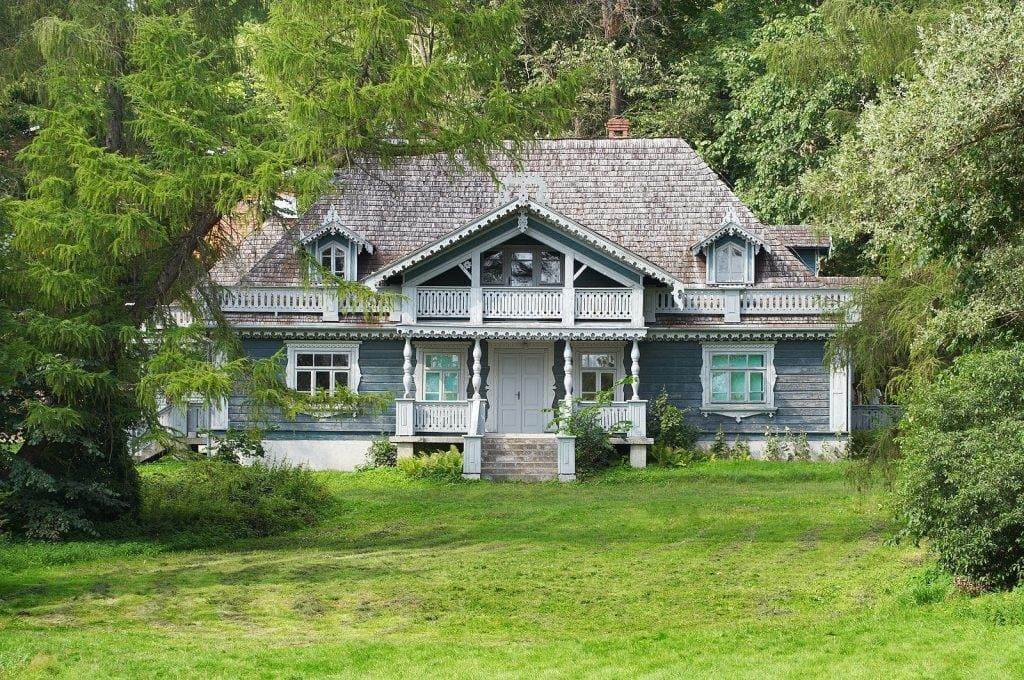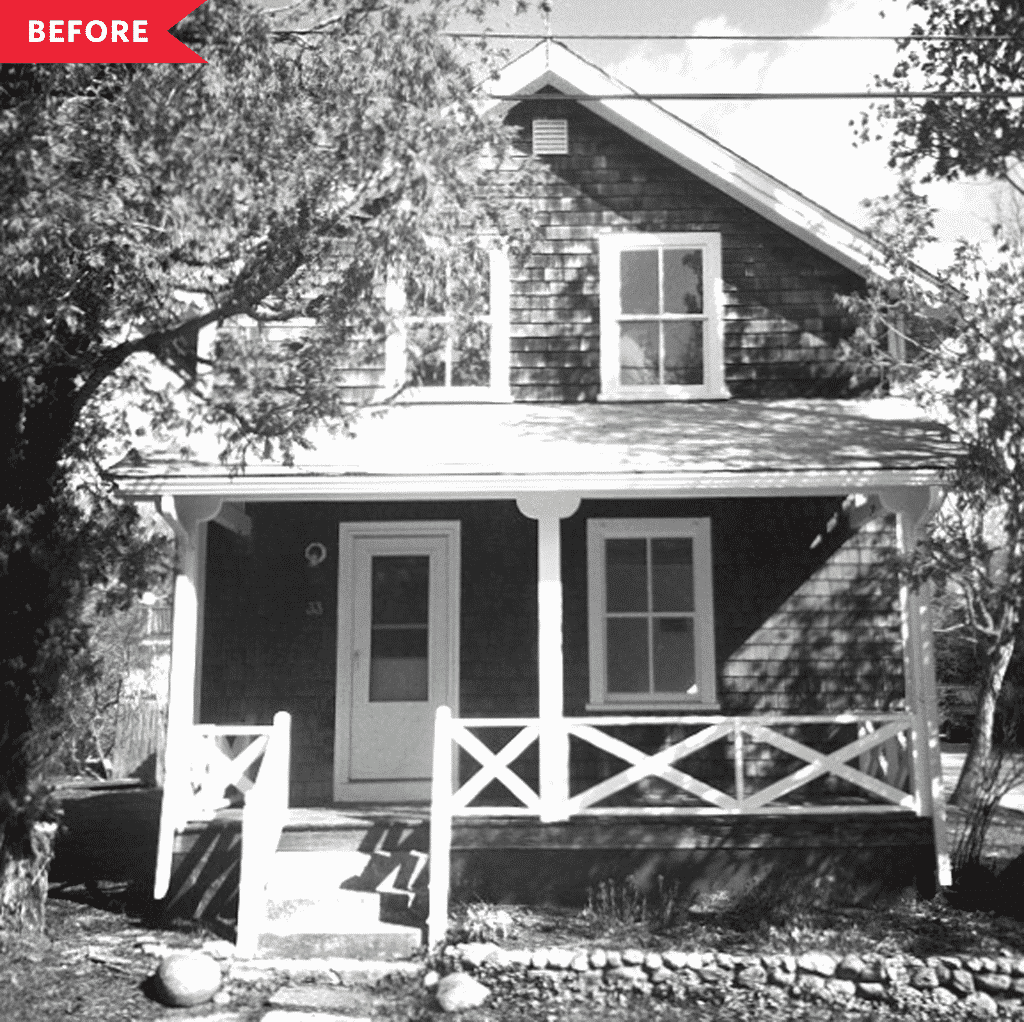In this article, we explore the longevity of century-old houses, shedding light on the factors that determine their lifespan and addressing the question of how long they can endure. As the architectural masterpieces from the past continue to stand the test of time, it becomes essential to understand the key elements that contribute to their preservation and the measures that can be taken to extend their lifespan. Join us as we delve into the world of heritage homes and uncover the secrets behind their endurance.
Factors that affect the lifespan of a 100-year-old house
When it comes to the lifespan of a 100-year-old house, there are several factors that come into play. Building materials, foundation, roof, plumbing and electrical systems, and maintenance and repairs all have a significant impact on the durability and longevity of a century-old home.
Building materials
The quality of the materials used in constructing a 100-year-old house plays a crucial role in determining its lifespan. Houses built a century ago often featured durable and long-lasting materials such as brick, stone, and solid wood. These materials were known for their structural integrity and ability to withstand the test of time.
Structural integrity is another important aspect to consider. A 100-year-old house that was built using high-quality materials and with attention to detail is more likely to withstand the years compared to one that was poorly constructed or used inferior materials. Proper construction techniques and adherence to building codes are key factors in ensuring the structural integrity of a house.
Elements of deterioration, such as exposure to harsh weather conditions, moisture, and pests, can also impact the lifespan of a 100-year-old house. Wood decay, rust, and insect damage are common issues that can affect the structural soundness of a century-old home.

Foundation
The foundation of a 100-year-old house is one of the most critical factors in determining its lifespan. The type of foundation, such as concrete slab, pier and beam, or basement, can significantly impact the durability of the house.
Soil conditions also play a vital role in the lifespan of a century-old home. Soil movement, expansive soil, or poor drainage can lead to foundation issues such as settling, cracking, or shifting. Regular maintenance and timely foundation repairs are essential to ensure the stability and longevity of the house.
Roof
The type of roofing material used in a 100-year-old house affects its lifespan. Houses from a century ago often had roofs made of slate, clay tiles, or metal, which are known for their durability and longevity. These materials are resistant to fire, moisture, and other elements that can cause damage over time.
The quality of roof installation is crucial in ensuring its longevity. Proper installation techniques, including adequate insulation and ventilation, can prevent issues such as leaks, mold growth, and structural damage. Regular maintenance and prompt repairs are necessary to address any issues that may arise.

Plumbing and electrical systems
The type of plumbing and electrical materials used in a 100-year-old house can impact its lifespan. Houses from a century ago typically had plumbing systems made of galvanized steel or cast iron, which are prone to corrosion and deterioration over time. Upgrading to modern materials, such as copper or PVC, can improve the longevity of the plumbing system.
Wear and tear is inevitable in any house, especially one that has stood for a century. Plumbing and electrical systems in a 100-year-old house may require regular maintenance and occasional upgrades or replacements to ensure they remain functional and safe.
Maintenance and repairs
Regular maintenance is essential for preserving the lifespan of a 100-year-old house. This includes tasks such as cleaning gutters, inspecting the roof, checking for leaks, maintaining the plumbing and electrical systems, and addressing any minor issues promptly.
Addressing minor issues in a timely manner can prevent them from escalating into major problems that can threaten the integrity of the house. It is important to perform regular inspections and schedule necessary repairs promptly to maintain the overall condition of the century-old home.
Major repairs, such as replacing the roof or foundation, should be done as soon as issues are detected. Delaying necessary repairs can lead to further damage and decrease the lifespan of a 100-year-old house.

This image is property of www.mashvisor.com.
Effects of environmental factors
The environmental factors to which a 100-year-old house is exposed can influence its long-term viability. Climate conditions, air pollution, water damage, and pests are all factors that can impact the lifespan of a century-old home.
Different climates can pose various challenges to the durability of a 100-year-old house. Extreme heat, freezing temperatures, heavy winds, or excessive moisture can accelerate the deterioration of building materials and increase the chances of structural damage.
Air pollution, particularly in urban areas, can also have a detrimental effect on a century-old home. Chemical pollutants in the air can cause corrosion and decay of building materials, leading to a decrease in the overall lifespan of the house.
Water damage is another common issue that affects the longevity of a century-old home. Leaks, flooding, or poor drainage can lead to rot, mold growth, and structural damage. Regular inspections, maintenance, and quick repairs are vital in preventing water-related issues.
Pests and termites pose a significant threat to the lifespan of a 100-year-old house. Insects such as termites can cause extensive damage to the wooden components of the house if not treated promptly. Regular pest control measures and inspections are necessary to protect the structural integrity of the century-old home.
Preservation and restoration efforts
Preserving the historical significance of a 100-year-old house involves several considerations. Historic preservation regulations may dictate specific requirements and limitations when it comes to renovating or modifying the house. Compliance with these regulations is an essential aspect of maintaining the historical authenticity and integrity of the century-old home.
Renovation and restoration projects play a crucial role in extending the lifespan of a 100-year-old house. These projects can involve various tasks such as repairing or replacing worn-out materials, restoring architectural details, upgrading systems to meet modern standards, and enhancing energy efficiency. Balancing preservation efforts with necessary improvements can ensure the continued viability of the century-old home.
Preservation challenges are common when dealing with a 100-year-old house. Limited availability of original materials, the need for specialized craftsmanship, and the costs associated with historic preservation can present obstacles. However, overcoming these challenges is essential to protect the historical and cultural significance of the century-old home.

This image is property of cdn.apartmenttherapy.info.
Benefits of a 100-year-old house
Despite the challenges and considerations that come with owning a 100-year-old house, there are several benefits to be enjoyed.
Unique architectural features are often a highlight of century-old homes. These houses often boast intricate craftsmanship, ornate details, and distinctive designs that reflect the architectural styles of the era. Owning a house with such character and charm can be a source of pride and enjoyment.
Solid construction is another advantage of a 100-year-old house. Many such homes were built with meticulous attention to detail and high-quality craftsmanship. The use of durable materials and construction techniques has allowed these houses to stand the test of time.
The historical and cultural significance of a 100-year-old house adds to its allure. These houses often bear witness to the history and heritage of the surrounding community. Owning a century-old home can provide a connection to the past and contribute to the overall cultural fabric of the area.
The potential for restoration is a key benefit of a 100-year-old house. With proper preservation efforts and restoration projects, these houses can be transformed into modern living spaces while still retaining their historical charm. The adaptability and flexibility of century-old homes make them unique and desirable for homeowners seeking a blend of history and modern living.
Conclusion
The lifespan of a 100-year-old house is influenced by various factors, including building materials, foundation, roof, plumbing and electrical systems, and maintenance and repairs. The quality of materials, structural integrity, and elements of deterioration are essential considerations when assessing the durability of a century-old home.
Factors such as the type of foundation, soil conditions, roofing materials, plumbing and electrical systems, and general maintenance and repairs play significant roles in extending the lifespan of a 100-year-old house. Environmental factors such as climate, air pollution, water damage, and pest infestations can also impact the longevity of a century-old home.
Preservation and restoration efforts are necessary to protect the historical and cultural significance of a 100-year-old house. Compliance with regulations, renovation projects, and addressing preservation challenges are essential aspects of maintaining and enhancing the value of a century-old home.
Despite the challenges, owning a 100-year-old house offers unique architectural features, solid construction, historical and cultural significance, and the potential for restoration. These benefits make owning a century-old home a rewarding and worthwhile investment for those who appreciate the blend of history and modern living.

This image is property of www.upnest.com.
